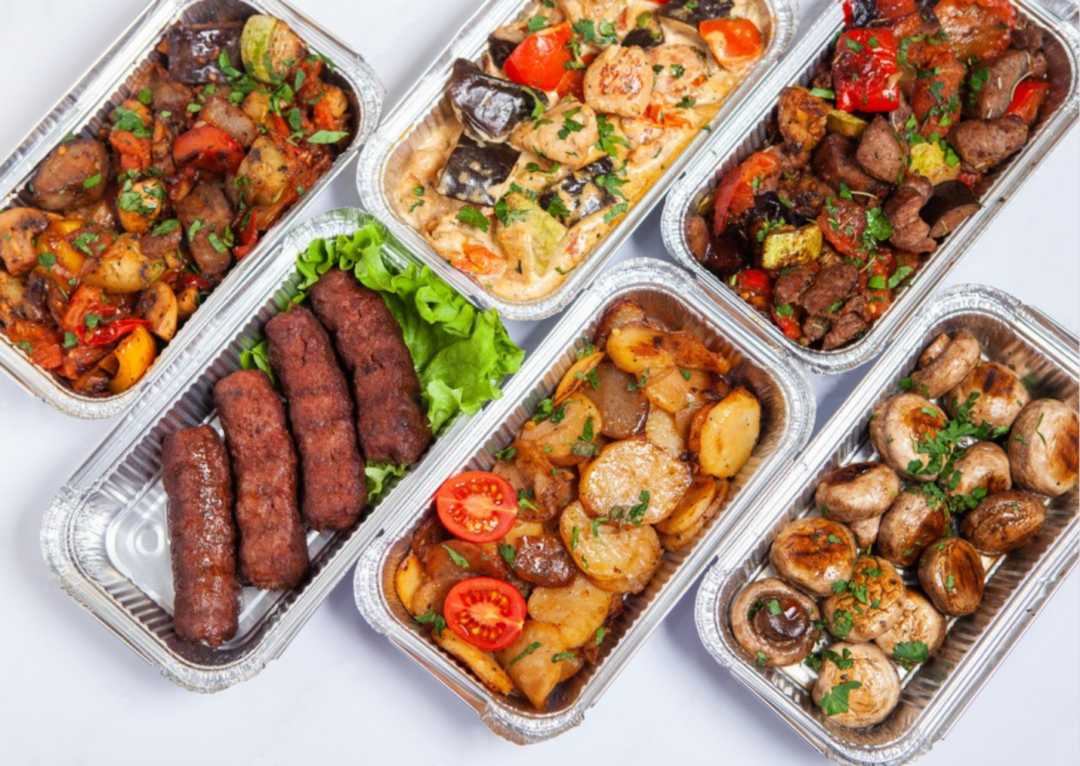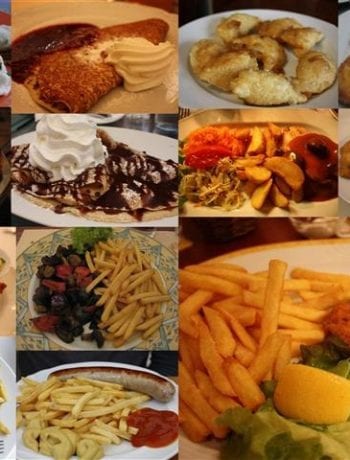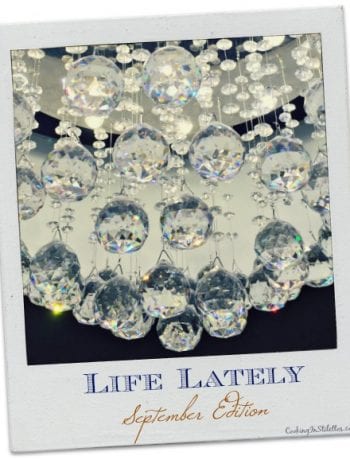Frequently, we get so hungry that we ferociously tear through food packages or just forget they exist and bite away. “My tummy comes before cookie packs, pizza boxes, or tuna tins”, so you probably only take another look at them when they’re empty.
Since we all seem to care less about food packaging solutions, why don’t we all learn a few things about why they are essential? Let’s get started.
What are Packaging Solutions?
Packaging solutions refer to various methods, materials, and designs used to package and protect products. They also provide relevant information, such as ingredients, manufacturing date, expiry date, and nutrition facts, for the consumer’s knowledge. Relevant information may also include product components that may trigger allergic reactions.
A packaging solution may also contain the producer’s contact information for consumers to lay complaints, forward suggestions, or make inquiries.
A packaging solution is inarguably a link between the producer and consumer. So, if you’re a budding food brand, you can use free mockups to visualize your packaging solutions before production. This would allow you to choose the most effective and appealing packaging for your food products.
Why are Packaging Solutions Important for Food?
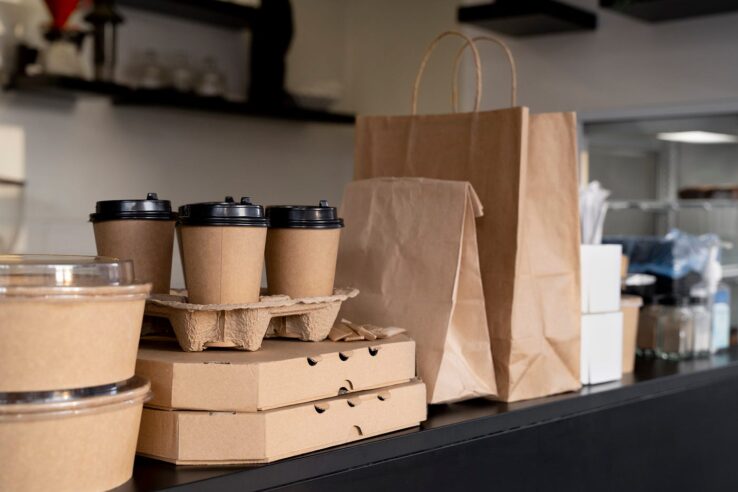
Source: istockphoto.com
The material, shape, and design of packaging solutions play different roles for the producer and the consumer. However, both parties should be satisfied if there is any chance of making effective product packaging. Let’s dig deeper.
For the Producer
A producer will always aim at profit. The idea behind food production is to maximize profit from the sales of the final product. As such, food packages have to meet the taste of the final consumer.
The producer wants maximum protection for his food product against all external impacts it may be exposed to while being conveyed to the retailers or final consumers. Therefore, the producer must select a material that will protect the food products from being crushed or flattened else risk poor sales.
Packaging solution is also dependent on the type of product. Oil-based food products usually come in tin packs, water-based food products usually come in plastic or glass packs, and so on. Whilst considering protection, the producer must also choose a material that suits the product type.
Aesthetics are usually very important in sales. A study by the International Journal of Novel Research in Marketing Management and Economics shows that 82% of a selected population of consumers buy products due to the influence of their packaging.
Food product packages may feature images, catchy colors, fonts, and so on, that attract consumers. Some producers go the extra mile to put pictures of their product ambassadors on their packages!
For the Consumer
Packaging plays an important role when customers choose products. When buying what you need as a consumer, you naturally want something that’ll satisfy your needs. However, the screening usually starts from the product’s packaging. More often than not, you’ll select a product with an attractive and sturdy packaging.
To meet the diverse tastes of consumers, many producers offer different packaging solutions for the same products. Although consumers are not physically involved in the production, they play a large role by influencing production decisions.
For the Producer and Consumer
Printed information like nutritional facts, product’s shelf life, and customer care contact are important to both the producer and the consumer. Frequent studies have shown that one in three persons read food labels or food packaging information. A packaging solution provides the producer an opportunity to communicate indirectly with the consumer.
How to Choose a Proper Packaging Solution
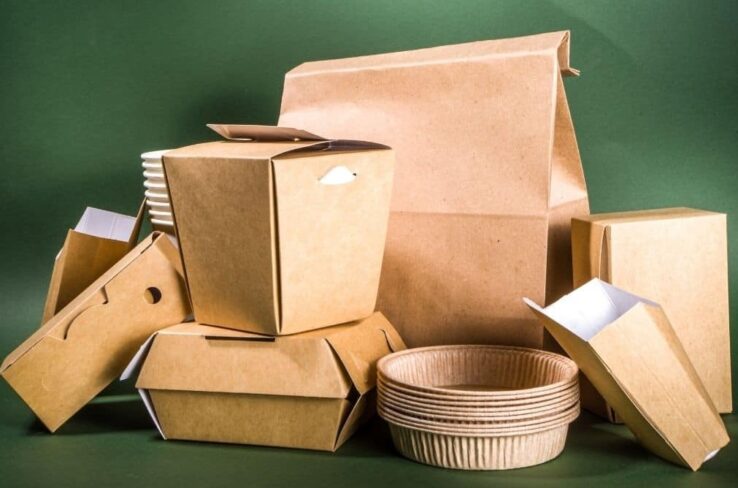
Source: earth.org
The relevance of packaging solutions for food products must be considered. This means that if you are going to have one, the least you can do is make it appealing to your prospective consumers.
You should do a market survey to know and weigh the tastes of your consumers. Design tools and creative templates from platforms like Yellow Images will help you preview a 3d model of your packaging solution before you launch it. This will help you scrutinize it without having to waste resources. Other considerations include:
Material
Material selection ought to come before aesthetics. Most producers opt for materials that can be recycled or bio-degradable materials. Wood derivatives like cardboard paper, cellulose wrap (cellophane sheets), and cornstarch packaging are biodegradable.
As a producer, you must also have in mind that the material selected suits the product. You want to avoid any situation where the food package will contaminate its content at any point during its transit from the producer to the consumer. Also, choose a material that will offer the product protection against logistic damages.
Design
All design elements of the packaging solution, including the font, graphics, and brand color play a role in this phase. Previewing designs for food packaging solutions was a hassle, until now. Mockups save the day!
You can always find pre-existing free mockups in your product niche by a simple search on the internet. This option is basic and may work for you. The downside is that sources may be minimal and you may only get poor grade mockups.
However, if you’re looking for something unique, it’s better to invest in professional design. This way, you’ll get a more tailored solution that fits your needs. You may choose to buy from an array of creative templates available on mockup platforms like Yellow Images.
Conclusion
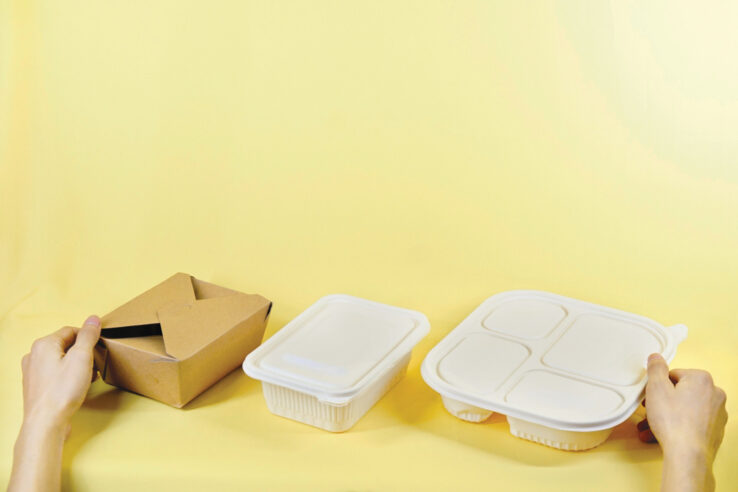
Source: news.all4pack.com
In conclusion, packaging solutions are important for food because they help to protect the food from contamination, maintain freshness, extend shelf life, and improve the overall safety of the food. Packaging also helps to keep food looking attractive and appetizing, which encourages people to purchase.
Additionally, packaging can provide useful information about the food, such as nutrition facts, allergy information, and ingredients.
A packaging solution reduces loss and, if managed properly, can increase profit for producers.

